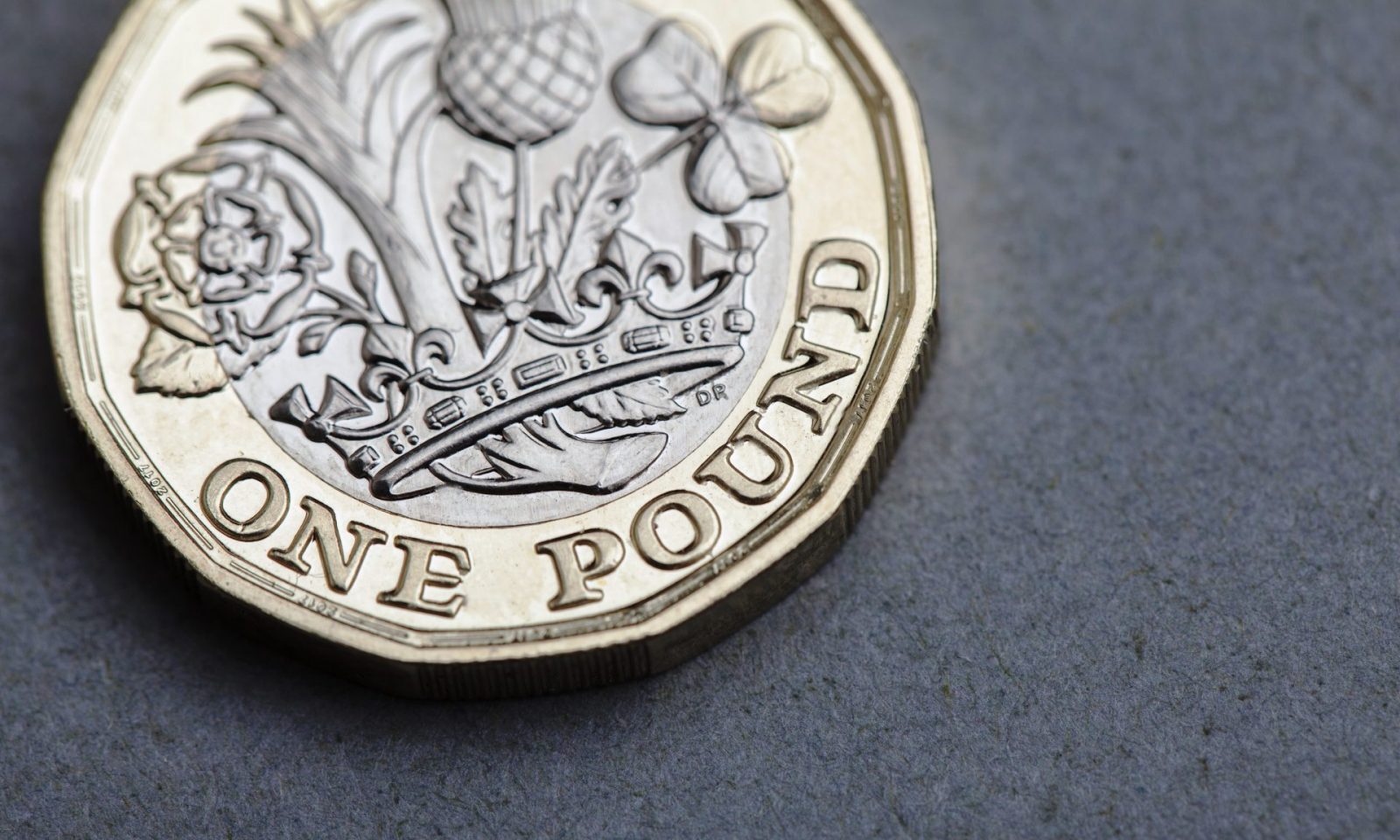
It seems sterling has come out on top this week
The day started so well for sterling yesterday, as it climbed to its highest post-Brexit level against the dollar in the run-up to the wage data release. There was some excitement regarding the new earnings figures which were expected to show that average earnings have overtaken inflation for the first time since last spring. Investors reacted by piling into the pound and it strengthened to fresh highs.
However, while average earnings excluding bonuses for February did climb to 2.8% from 2.6%, including bonuses, they remained the same as before. They had been expected to climb to 3% and the disappointment was palpable, as sterling fell back. The market pricing for a May UK interest rate rise is now 84% and today’s inflation rate will be watched closely.
Still, the fact remains that the cost-of-living squeeze has eased, even if not by quite as much as expected. In the current climate we should be thankful for small mercies and the hope is that wage growth will continue, while inflation dips. Real wages are now rising by 0.1%. The unemployment rate actually came in better than expected at 4.2% which is a fresh 42-year low.
The news you have all been waiting for is finally upon us: our latest currency forecasts are now available to download! They include a review of the first quarter of 2018, the things to look for in the coming quarter, and some of the major banks’ currency forecasts for the next 12 months. Grab hold of your free copy today.
GBP: pay increases in the UK overtake inflation
For the first time in approximately a year, wages have risen faster than the cost of living. Figures released from the Office for National Statistics showed that basic earnings increased by 2.8% in the three months up to February. However, there was some disappointment as, including bonuses, the figure had been expected to increase to 3%.
The pound had been steadily strengthening against the dollar in the run-up to the release, but it quickly fell back after the data was published. Where next for the pound then? The markets still appear convinced of a Bank of England interest rate rise in May, but much could depend on the inflation data released today. Against the euro, the pound fared a little better by trading sideways.
In addition to the aforementioned inflation rate for March (which is expected to hold steady at 2.7%), we will also see the retail price index for the same month.
EUR: ZEW economic sentiment index falls sharply
The two key releases for the eurozone today were the German and eurozone ZEW economic sentiment indices. Both had been expected to fall sharply, but by nowhere near as much as they actually did. The international trade conflict with the US appears to be weighing heavily on business leader confidence and the readings are a genuine cause for concern.
The German ZEW had been expected to dip to -1.0 in April from 5.1 the month before, but the figure actually came in at -8.2. It is the lowest reading for more than five years. In the eurozone, it has been expected to dip to 7.3 from 13.4 but it fell to 1.9 – the weakest reading since July 2016.
Attention will now turn to today’s inflation rate release for March, as well as the construction output for February. This too is expected to fall, from 3.7% in January to 2.3%. It is increasingly possible that the eurozone’s economic outlook was a little optimistic.
USD: good day for the dollar as it climbs against sterling and the euro
The dollar retraced some recent losses against the euro and sterling yesterday, but the situation is still far from settled for the greenback. It has been steadily declining against both currencies in 2018 and yesterday did little to reverse this trend. The main release of note was industrial production, which increased by 0.5% month-over-month in March 2018 to beat expectations of a 0.4% gain.
Meanwhile, the International Monetary Fund cautioned against rising protectionism in the global economy. Donald Trump’s proposed tariffs on steel and aluminium imports set the ball rolling earlier this year, and it is a situation that threatens to worsen. There is still hope that the US and China can come to some sort of deal, but we have already seen what effect the fears of a trade war have had on the eurozone.
Today is a fairly quiet one for US economic data, but it is a rare day indeed that something newsworthy doesn’t come out of America.
For more on currencies and currency risk management strategies, please get in touch with your Smart Currency Business trader on 020 7898 0500 or your Private Client trader on 020 7898 0541.

 020 7898 0500
020 7898 0500